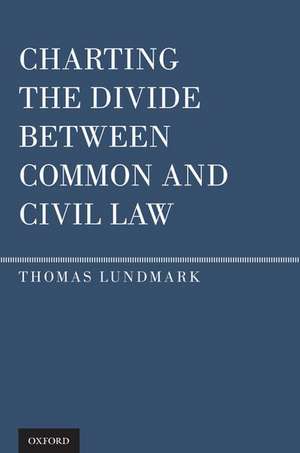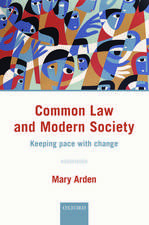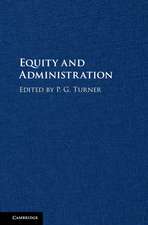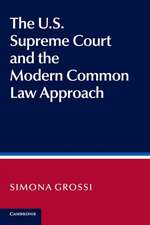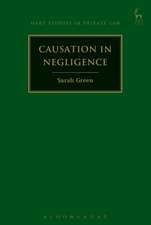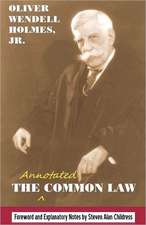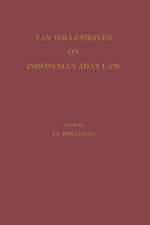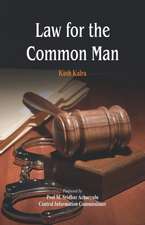Charting the Divide Between Common and Civil Law
Autor Thomas Lundmarken Limba Engleză Hardback – 27 sep 2012
Preț: 764.48 lei
Preț vechi: 1094.86 lei
-30% Nou
Puncte Express: 1147
Preț estimativ în valută:
146.28€ • 152.73$ • 121.07£
146.28€ • 152.73$ • 121.07£
Carte tipărită la comandă
Livrare economică 24-31 martie
Preluare comenzi: 021 569.72.76
Specificații
ISBN-13: 9780199738823
ISBN-10: 0199738823
Pagini: 496
Dimensiuni: 160 x 236 x 33 mm
Greutate: 0.82 kg
Editura: Oxford University Press
Colecția OUP USA
Locul publicării:New York, United States
ISBN-10: 0199738823
Pagini: 496
Dimensiuni: 160 x 236 x 33 mm
Greutate: 0.82 kg
Editura: Oxford University Press
Colecția OUP USA
Locul publicării:New York, United States
Recenzii
Thomas Lundmark rightly challenges taxonomic and static appreciation of 'legal families' in the world and does so in the most effective manner, through detailed and informed appreciation of the institutions of specific jurisdictions... The treatment is erudite and cosmopolitan, the conclusions irresistible. It is a splendid book.
Thomas Lundmark explains what makes legal systems unique and questions the value of the conventional distinction between 'civil law' and 'common law' systems. He illustrates this through an impressive survey of scholarship, particularly on Germany and the USA, as well as England and Wales and Sweden. He offers a sophisticated picture of legal reasoning that includes the structure of language and jurisprudential traditions, professions, and the interpretation of statues and precedents. He demonstrates convincingly that such a picture reveals the individuality of legal systems and the need to avoid traditional stereotypes in the classification of legal families.
This book is different! It is not about comparison at the level of specific doctrines of private law such as contract or tort law. Instead, it reaches out to the structural level and touches the very core of the different approaches that we can discern between Common Law and Civil Law. Lundmark's book offers new and fascinating deeper insights even to a reader who has been engaged in comparative law from an academic as well as from a practical aspect for decades.
Thomas Lundmark explains what makes legal systems unique and questions the value of the conventional distinction between 'civil law' and 'common law' systems. He illustrates this through an impressive survey of scholarship, particularly on Germany and the USA, as well as England and Wales and Sweden. He offers a sophisticated picture of legal reasoning that includes the structure of language and jurisprudential traditions, professions, and the interpretation of statues and precedents. He demonstrates convincingly that such a picture reveals the individuality of legal systems and the need to avoid traditional stereotypes in the classification of legal families.
This book is different! It is not about comparison at the level of specific doctrines of private law such as contract or tort law. Instead, it reaches out to the structural level and touches the very core of the different approaches that we can discern between Common Law and Civil Law. Lundmark's book offers new and fascinating deeper insights even to a reader who has been engaged in comparative law from an academic as well as from a practical aspect for decades.
Notă biografică
Thomas Lundmark studied comparative literature in Uppsala and San Diego before embarking upon the study of law in Berkeley, Freiburg (Fulbright Scholar), and Bonn (Dr jur). After working as a lawyer in California, he served three consecutive years as a Fulbright Senior Professor in Bonn and Rostock before being appointed in 1997 to the Chair of Common Law and Comparative Legal Theory at the University of Münster, where he lectures on comparative law, jurisprudence, and legal methodology. Professor Lundmark has published and lectured widely in German and English.
